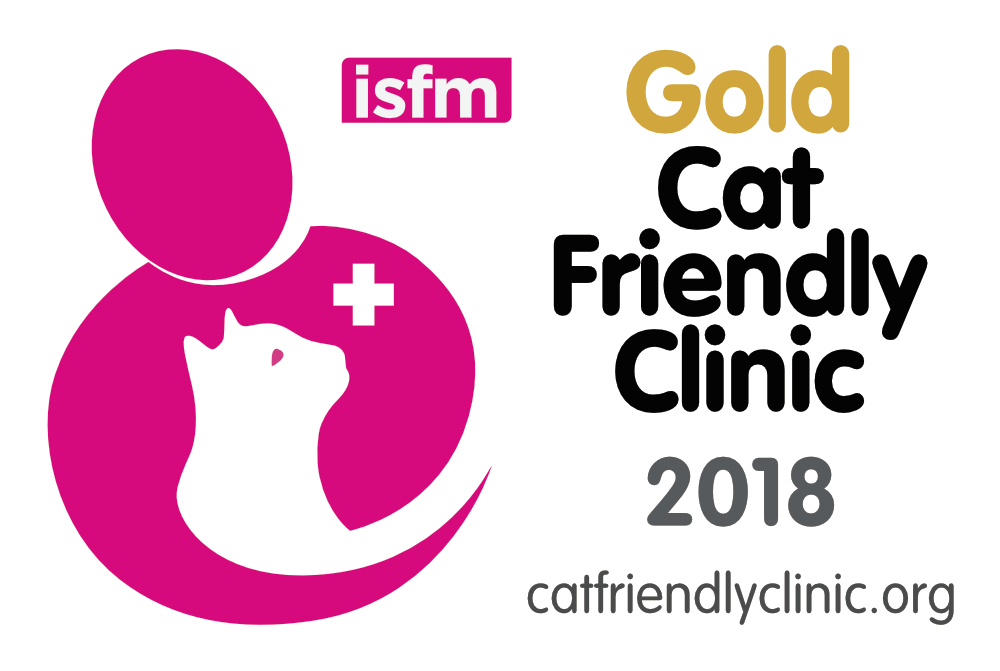Hydrotherapy FAQs
What conditions can be treated with hydrotherapy?
• Pre and post-operative conditioning
• Arthritis
• Hip/elbow dysplasia
• Chronic degenerative reticulomyelopathy (CDRM)
• Spinal injuries
• Post-fracture repair
• Neurological damage or impairment
• Cruciate ligament injuries
• Muscle strengthening, maintenance and restoration
• Relief of pain, swelling and stiffness
• Relaxation of muscle spasms
• Fitness
• Obesity
• Muscle, ligament and tendon injuries.
How many sessions will my dog need?
This will vary based on your dog’s individual condition, its severity, whether it has been surgically treated and how they respond to the hydrotherapy generally. With acute cases such as recovering from cruciate surgery, one course of 10 sessions may be enough to achieve the desired increase to muscle mass or range of motion. In other cases, it might be more of an ongoing process where we regularly measure progress and make changes to the treatment plan accordingly. With chronic conditions such as arthritis it may be that you continue hydrotherapy indefinitely to improve quality of life.
My dog has never tried swimming before and is unsure about the water, what will happen?
Many dogs have never swum before they come to hydrotherapy. We aim to make every dog as comfortable and relaxed as possible and it won’t be long until they are very confident and excited about hydrotherapy.
Will hydrotherapy help my dog lose weight?
Yes. In conjunction with a healthy diet, swimming or water treadmill sessions are a brilliant way to burn calories. What’s even more useful is there is no impact on joints whilst exercising so we are able to exercise dogs for much longer periods of time than on land. 15 minutes of swimming is the equivalent to an hours walk so we see big differences in your dog’s weight and fitness quickly.
Does swimming in the river or lake have the same effect as swimming in the hydrotherapy pool?
In short, no it does not.
It is very important that the dogs swim in the correct temperature especially if a dog is suffering from arthritis or has any joint problems. Swimming in cold water can actually be counter-productive. Cold arthritic joints are painful and cold muscles are more likely to stiffen up and cramp.
It is also important to monitor how your dog is exercising. We need to make sure that they are doing the right movements in order to correct their problems and not to exacerbate any existing problems. This is impossible to do in the with the dog swimming in the river. They may enjoy it but is it not the correct physical therapy.
Will the chlorine harm my dog?
No, the chlorine level is very low and is tested 3 times throughout the day. This ensures that pool water is hygienic and completely safe for your dog to swim in. We also shower your dog after every session.
Will I need a vets referral?
Yes, whether it is for rehabilitation or fun and fitness, a referral form will need to be completed by your vet. This is to make sure we understand precisely the condition we are treating and so ensure the best outcomes of therapy.
Can I claim the cost of hydrotherapy on my pet insurance?
Hydrotherapy is covered by insurance but not by all levels of policy. Please check with your company directly to ensure you have the correct cover. All insurance companies will insist on using CHA approved centres and some will insist on them being veterinary based. We are both.
Can I bring my dog just for fun swims?
Yes. We have lots of dogs that come for fun or come to build up their fitness for future events!
Can cats have hydrotherapy?
Yes. It is not as common but with some cats it is possible.











